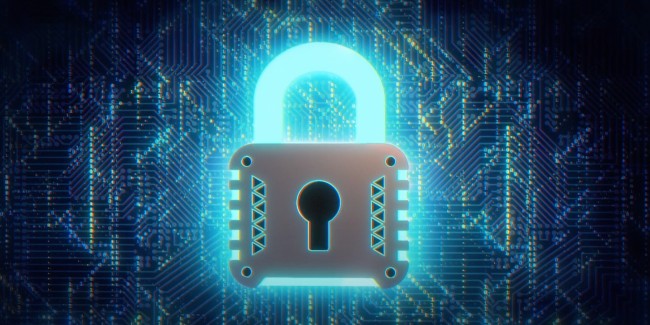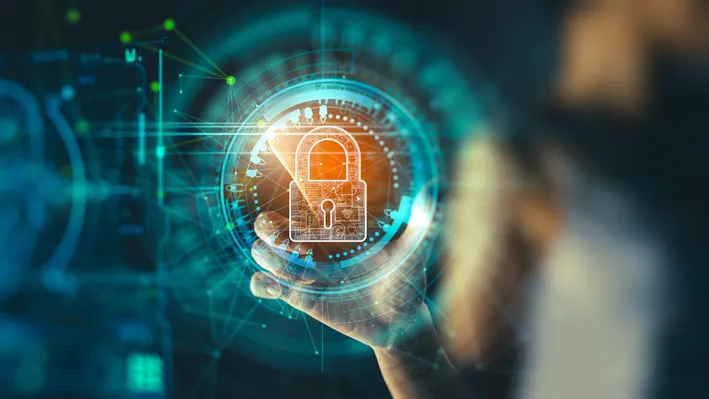Introduction
In today’s increasingly digital world, cybersecurity has emerged as a critical pillar of modern society. As we rely more and more on technology for communication, commerce, and essential services, protecting our digital assets from cyber threats becomes paramount. This comprehensive guide delves into seven essential aspects of cybersecurity, empowering you to navigate the digital landscape with confidence and safeguard your valuable information.
1. Understand the Basics of Cybersecurity

Cybersecurity encompasses a vast array of practices, technologies, and strategies designed to protect systems, networks, and data from unauthorized access, modification, or destruction. It encompasses a wide spectrum of threats, from malware and phishing scams to ransomware attacks and sophisticated cyber espionage operations.
2. Identify Common Cyber Threats

Cyber threats are constantly evolving, but some of the most common include:
- Malware: Malicious software designed to harm computers, such as viruses, worms, and Trojan horses.
- Phishing: Deceptive emails or messages that trick users into revealing personal information or clicking on malicious links.
- Ransomware: Software that encrypts files and demands a ransom payment to decrypt them.
- Denial-of-service (DoS) attacks: Attempts to overwhelm a website or server with traffic, making it inaccessible to legitimate users.
3. Implement Strong Passwords and Multi-Factor Authentication

Passwords are the first line of defense against cyberattacks, so it’s crucial to use strong, unique passwords for all your online accounts. Avoid using easily guessable information, such as birthdays or common words, and consider using a password manager to generate and store strong passwords securely. Multi-factor authentication (MFA) adds an extra layer of security by requiring additional verification, such as a code sent to your phone, before granting access.
4. Keep Software and Operating Systems Up to Date

Software updates often include security patches that address newly discovered vulnerabilities. Regularly updating your operating system, applications, and web browsers helps close these gaps and make it harder for attackers to exploit them.
5. Be Cautious with Online Links and Attachments

Cybercriminals often use phishing emails or social media messages to lure unsuspecting users into clicking on malicious links or opening infected attachments. Always be cautious about the links you click on and the attachments you open, especially if they come from unknown senders.
6. Protect Your Devices with Security Software

Install and maintain reputable antivirus and anti-malware software on your devices. These programs can scan your system for threats, block malicious websites, and quarantine infected files.
7. Back Up Your Data Regularly

Regular data backups are essential for protecting against data loss, whether due to cyberattacks, hardware failures, or accidental deletions. Choose a reliable backup method, such as cloud storage or external hard drives, and ensure your backups are stored securely.
Remember, cybersecurity is an ongoing process, not a one-time event. Stay informed about the latest threats, adopt security best practices, and seek guidance from experts when needed. By taking proactive measures, you can significantly reduce your risk of cyberattacks and safeguard your valuable information in the digital age.
Conclusion
In today’s interconnected world, cybersecurity is no longer an option; it is a necessity. As we increasingly rely on technology for every aspect of our lives, protecting our digital assets from cyber threats is paramount. By understanding the basics of cybersecurity, identifying common threats, implementing strong passwords and multi-factor authentication, keeping software and operating systems up to date, exercising caution with online links and attachments, protecting your devices with security software, and backing up your data regularly, you can significantly reduce your risk of cyberattacks and safeguard your valuable information.
Cybersecurity is an ongoing journey, not a destination. It requires continuous vigilance, adaptation, and collaboration among individuals, organizations, and governments. By embracing cybersecurity as a shared responsibility and fostering a culture of cybersecurity awareness, we can collectively create a more secure and resilient digital future for all.

One Reply to “7 Things You Must Know About Cybersecurity: A Comprehensive Guide”